|
Lilongwe Profile |
Lilongwe Profile |
Lilongwe Profile | Lilongwe Profile |
Explore all about Malawi in a series of profile articles, pictures, videos and images of the country.
More >
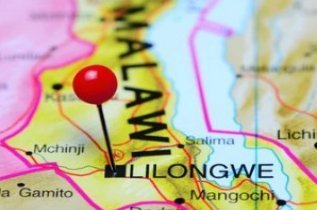 |
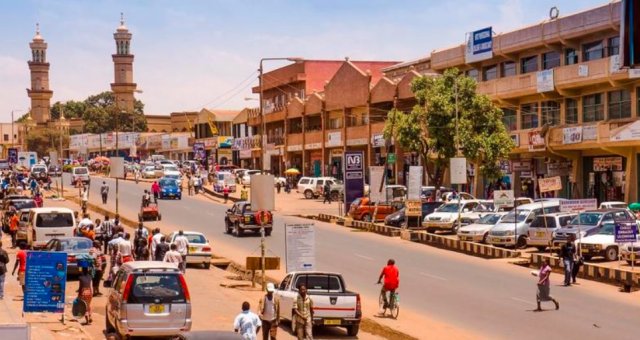
The city is also the political center of the country, housing the Parliament, the Presidential Palace, and other government institutions and is divided into many areas, but essentially there is the New Town and the Old Town, based around the old Lilongwe village and teeming with street vendors, shops, cafes and restaurants whilst the new town is centered around the city's banking, government and commercial sector although Malawi's second city, Balantyre, remains the country's main commercial hub.
Lilongwe is a city that offers something for everyone, with a wide range of tourist attractions that cater to different interests. Some of the most popular tourist attractions in Lilongwe include:
Lilongwe Wildlife Centre: This wildlife sanctuary is home to a variety of animals, including monkeys, antelopes, and birds. Visitors can take guided tours, participate in animal feeding sessions, and learn about the center's conservation efforts. The main market near the bus station in the Old Town is a great place to find most things including pickpockets who will rapidly divest you of anything of value including things not of value! Lilongwe is also a good place to enjoy hiking, mountaineering & rock climbing, bird watching. fishing, scuba diving. golf and horse riding. The video shows images of the capital of Malawi and provides a realistic look and feel of life there. After you've watched the video make a virtual landing at Lilongwe airport using the link provided above. |
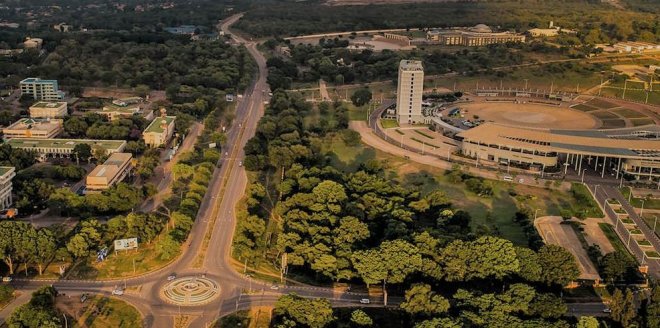

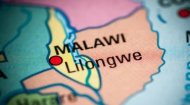
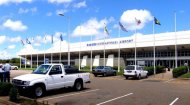

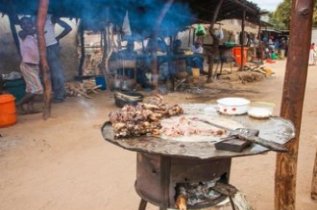 Lilongwe is a city that is alive with activity, with a bustling central business district and numerous markets, shopping centers, and restaurants. The city is also home to several educational institutions, including the University of Malawi, which attracts students from all over the country and beyond. In terms of daily life, Lilongwe offers a range of experiences for both residents and visitors. The city has a vibrant nightlife, with numerous bars, clubs, and live music venues. Sports enthusiasts can enjoy watching or participating in various sports, including football, basketball, and cricket.
Lilongwe is a city that is alive with activity, with a bustling central business district and numerous markets, shopping centers, and restaurants. The city is also home to several educational institutions, including the University of Malawi, which attracts students from all over the country and beyond. In terms of daily life, Lilongwe offers a range of experiences for both residents and visitors. The city has a vibrant nightlife, with numerous bars, clubs, and live music venues. Sports enthusiasts can enjoy watching or participating in various sports, including football, basketball, and cricket.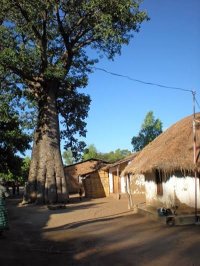 This cultural centre (right) offers visitors a glimpse into Malawi's traditional way of life. Visitors can participate in various cultural activities, including traditional dance performances, cooking demonstrations, and craft workshops.
This cultural centre (right) offers visitors a glimpse into Malawi's traditional way of life. Visitors can participate in various cultural activities, including traditional dance performances, cooking demonstrations, and craft workshops.


